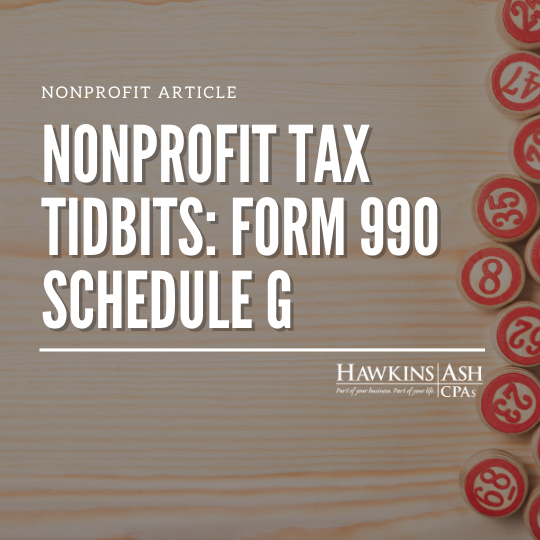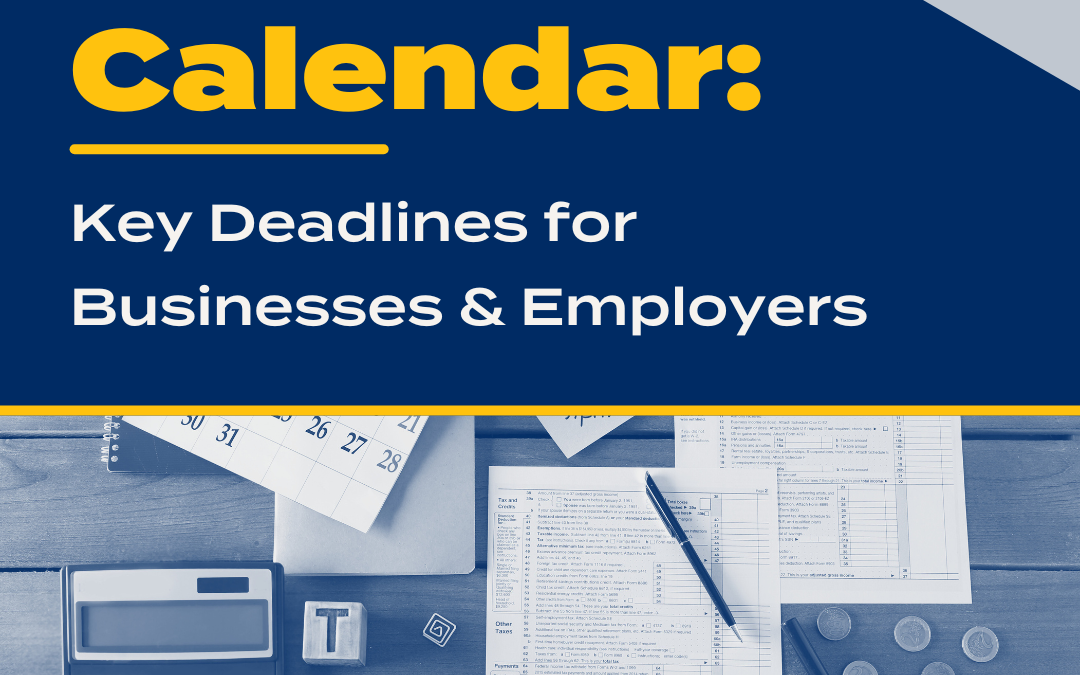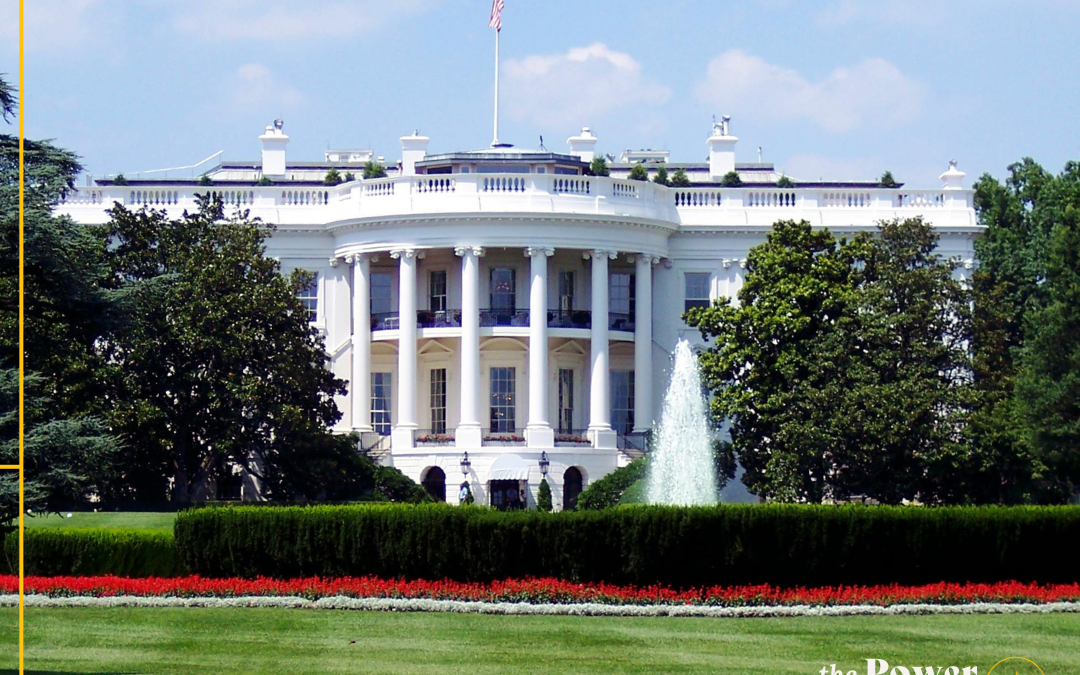Preparing Schedule G is something I would not advise working on during a late Friday afternoon. A morning early in the week would be better. I also strongly recommend drinking a cup of black coffee or better yet, a 5-hour Energy drink to get you through it. All joking aside, Schedule G is one of the most challenging schedules for our clients to prepare. However, it does not have to be difficult if you properly track events during the year.
Schedule G is used to report professional fundraising services, fundraising events, and gaming. Organizations that report more than $15,000 of expenses for professional fundraising services are required to complete Part I of Schedule G (Note: Form 990-EZ filers are not required to complete Part I). Organizations that report more than $15,000 of gross revenue from fundraising events are required to complete Part II of Schedule G. Organizations should complete Part III of Schedule G if they reported more than $15,000 of gross income from gaming activities.
Part I
The IRS defines professional fundraising services as services performed for the organization requiring the exercise of professional judgement or discretion consisting of planning, management, preparation of materials, and/or provision of advice and consulting regarding solicitation of contributions. Professional fundraising does not include services provided by the organization’s employees or board members in their capacity as employees and board members nor does it include purely ministerial tasks such as printing, mailing services, or receiving and depositing contributions to a charity. If the organization has an agreement, whether written or oral, with a professional fundraiser under which the fundraiser will be compensated at least $5,000 by the organization, it will be required to report the details of the agreement. Details include the name and address of the fundraiser, the activity, if the fundraiser has custody or control of contributions, gross receipts from the activity, the amount paid to the fundraiser, and the net amount received by the organization.
Part II
The two largest fundraising events with gross receipts greater than $5,000 will be broken out and the remaining fundraising events with gross receipts greater than $5,000 will be combined and entered under other events. Organizations need to ensure they track the gross receipts from a fundraising event as well as the contributions received by the organization for the fundraising events. This is one area organizations struggle because they don’t keep the detail of the gross receipts from the fundraising event. Therefore, they have a hard time determining the amount attributable to contributions. Contributions included in gross receipts are the total amounts received where there is no adequate consideration or exchange transaction taking place.
The other area of Part II that organizations struggle with is the reporting of expenses related to fundraising events. Organizations are required to report the direct expenses incurred by the organization to host the event. Line items on Schedule G include cash prizes, noncash prizes, rent/facility costs, food and beverages, entertainment, and other direct expenses.
Contributions are subtracted from the gross receipts and often times the net income summary on Part II will show a loss from fundraising events due to the IRS reporting requirements. However, this does not mean that the event generated a net loss. Organizations have to look at the amount of contributions received because of the event. A good question to ask is: if that event was discontinued, would we have received these contributions?
Part III
For this section of Schedule G, treat all bingo as a single event and all pull tabs as a single event. The organization will need to report the gross revenue from bingo, pull tabs/instant bingo/progressive bingo and other gaming. Expenses will need to be broken out by cash prizes, noncash prizes, rent/facility costs, and other direct expenses. Organizations should also track if these activities are done by volunteers and the percentage of time volunteers spend conducting the activity.
In Conclusion
In order for the organization to properly complete Schedule G, it is important that the organization tracks the detail of their fundraising events to know the amount of contributions received as well as the detail of the expenses. It may be beneficial to create a different general ledger account for each fundraising activity to properly segregate the revenues and expenses. Schedule G can be a good resource for nonprofits to see a summary of their fundraising events, making it important to have the Schedule completed accurately.
If you have any questions in regards to Schedule G of Form 990, please contact your Hawkins Ash CPAs representative.





